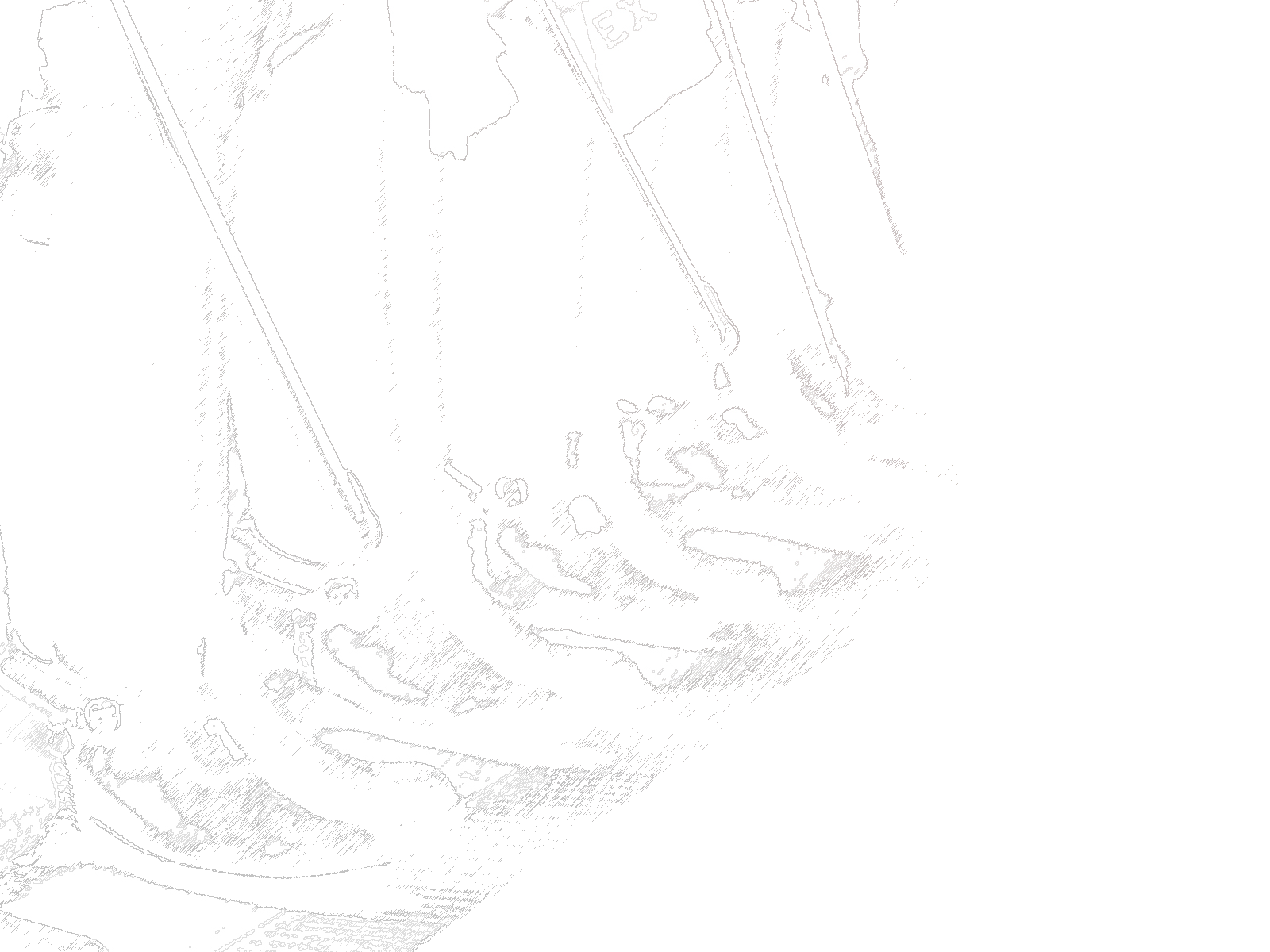Philadelphia parents learned about school choice on Friday at a lunch provided by an unusual benefactor: Jay Z‘s entertainment company Roc Nation.
The A-lister is making his final push in a campaign to urge Pennsylvania lawmakers to spend millions on school vouchers ahead of the state’s budget deadline, June 30. The vouchers would entitle families to use public funds traditionally used for public schools toward private and parochial schools.
Jay Z’s New York-based entertainment company announced this month it was backing a $100 million private school choice program in Pennsylvania.
Desiree Perez, Roc Nation’s CEO, said the state’s public school system doesn’t work for some disadvantaged students, and their families deserve unfettered access to alternative options, including high-performing private schools.
“It’s an immediate need,” Perez said.
Educational freedom used to be an issue initiated and championed by the Black community. They have been muted in the last couple of decades as they adopted the anti-choice stances of the Leftists. It is good to see the Black community reasserting their power and influence on this important issue.
